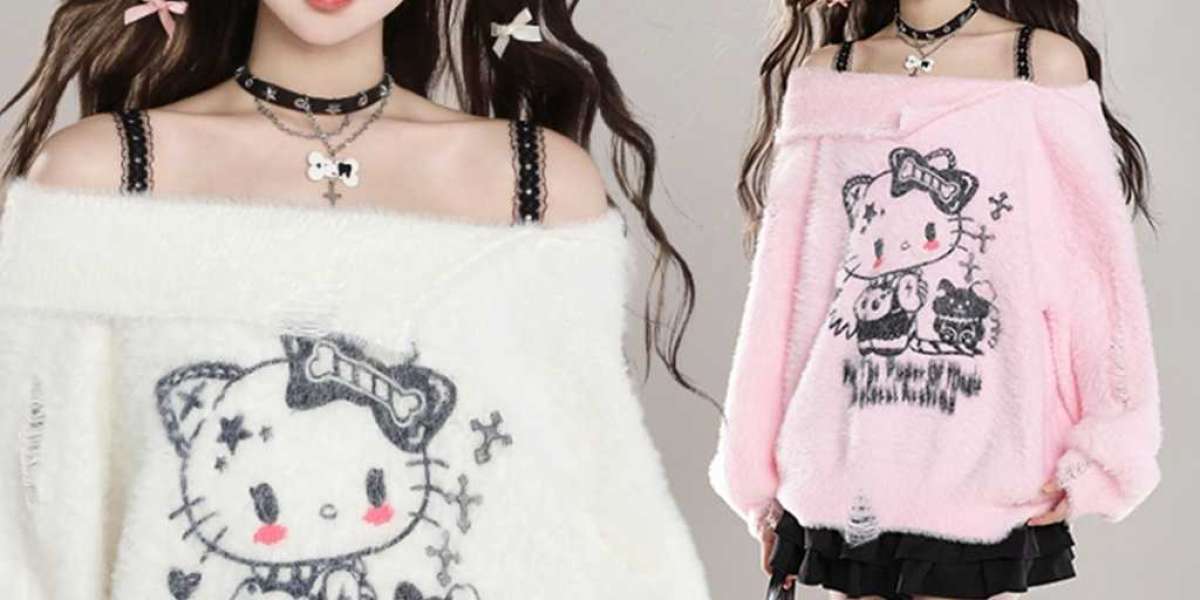Introduction
Winter is a magical time of 12 months full of cozy sweaters, hot cocoa, and naturally, cute winter outfits. One particular model that has gained recognition lately is the kawaii fashion, which originated in Japan and emphasizes cuteness, innocence, and childlike charm. Kawaii winter outfits mix practicality with adorable design parts to create the proper mix of fashion and performance. In this article, we'll discover the science behind kawaii winter outfits and why they've change into a well-liked alternative for many style fans.
The Science of Kawaii
The term "kawaii" derives from the Japanese phrase for cute, and has developed into a worldwide phenomenon that influences various aspects of fashionable tradition, together with trend. From pastel colours and playful prints to oversized silhouettes and whimsical equipment, kawaii style goals to evoke emotions of joy and happiness through its charming aesthetic. Studies have proven that publicity to cute images and objects can set off the release of dopamine within the brain, leading to feelings of pleasure and contentment. This neuroscientific response might clarify why individuals are drawn to kawaii trend, especially throughout colder months when the winter blues can set in.
Practicality Meets Type
One among the key features of kawaii winter outfits (Dsgroupholland.com) is their emphasis on functionality without sacrificing fashion. Thick, cozy fabrics like wool, fleece, and faux fur are often used to maintain people heat and comfortable in colder temperatures. Oversized sweaters, puffer jackets, and fleece-lined leggings are staple pieces in kawaii winter wardrobes, offering both warmth and a touch of cuteness. Additionally, equipment equivalent to earmuffs, mittens, and scarves not solely serve a sensible goal but in addition add a playful and charming touch to any outfit.
Coloration Psychology
Shade plays a significant function in kawaii vogue, with pastel shades like pink, lavender, and mint inexperienced commonly used to create a mushy and sweet aesthetic. These colors are often associated with emotions of innocence, purity, and joy, making them best choices for winter outfits that aim to uplift the spirits in the course of the colder months. Brilliant accents in shades of crimson, yellow, and blue are additionally fashionable in kawaii vogue, including a pop of color to an in any other case impartial winter wardrobe. The usage of shade in kawaii winter outfits can help individuals maintain a optimistic temper and outlook despite the dreary weather outside.
Mixing and Matching
One of many defining characteristics of kawaii style is the artwork of mixing and matching completely different styles, patterns, and textures to create a unique and customized look. Layering is a typical method used in kawaii winter outfits, permitting individuals to remain heat whereas showcasing their creativity and individuality. Mixing oversized sweaters with printed leggings, pairing a puffer jacket with a floral gown, or accessorizing with playful hats and socks are only a few ways to experiment with kawaii style within the winter season. By combining unexpected elements and embracing a playful attitude, individuals can curate a wardrobe that is not only cute but in addition fashionable and versatile.
Conclusion
Kawaii winter outfits mix the better of fashion and performance, providing individuals a fun and adorable way to stay heat and fashionable in the course of the colder months. The science behind kawaii fashion, from its skill to trigger feelings of joy and happiness to its clever use of shade psychology, highlights the facility of clothes to influence mood and mindset. By incorporating components of kawaii fashion into their winter wardrobes, individuals can add a touch of cuteness and charm to their on a regular basis outfits, helping them navigate the winter season with a way of whimsy and delight.








